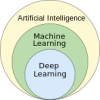Elon Musk: SpaceX can colonise Mars and build moon base0
- From Around the Web, Space
- September 30, 2017
Musk says project codenamed BFR would also allow commercial travel to anywhere on Earth in under an hour
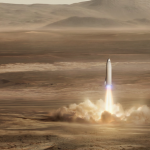
Musk says project codenamed BFR would also allow commercial travel to anywhere on Earth in under an hour
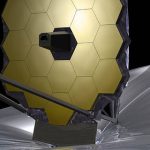
NASA’s James Webb Space Telescope now is planning to launch between March and June 2019 from French Guiana, following a schedule assessment of the remaining integration and test activities. Previously Webb was targeted to launch in October 2018.

We all like having options.

The oxygen level in J0811+4730, a star-forming dwarf galaxy in the constellation Lynx, some 630 million light-years away, is the lowest yet discovered in any star-forming galaxy, according to an international team of astronomers from the University of Virginia and the Ukrainian National Academy of Sciences.
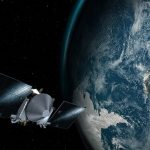
An unmanned NASA spacecraft traveling to a distant asteroid veered toward Earth on Friday for a gravitational slingshot maneuver that will better aim it toward the Sun-orbiting space rock, Bennu, the US space agency said.
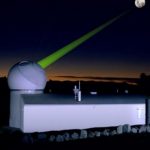
Australia on Monday committed to creating a national space agency as it looks to cash in on the lucrative and fast-evolving astronautical sector.
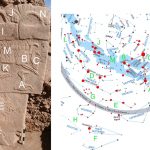
This is meant to provide a brief analysis to explain the origin of several of the animal figures from the Gobekli Tepe temple site in Turkey, arising about 9000 BC and haralded as the earliest (known) temple of the world.
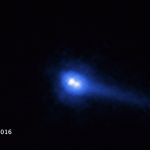
New Hubble images have now revealed the object is actually two asteroids.
An upcoming mission designed to test out the deflection of a large asteroid has hit a bit of a snag.
A new study led by Brown University planetary researchers adds three new large members to the list of water ice-filled craters near Mercury’s north pole and shows evidence that smaller-scale deposits scattered around the north pole; those deposits may be small, but they could add up to a lot more previously unaccounted-for ice.



